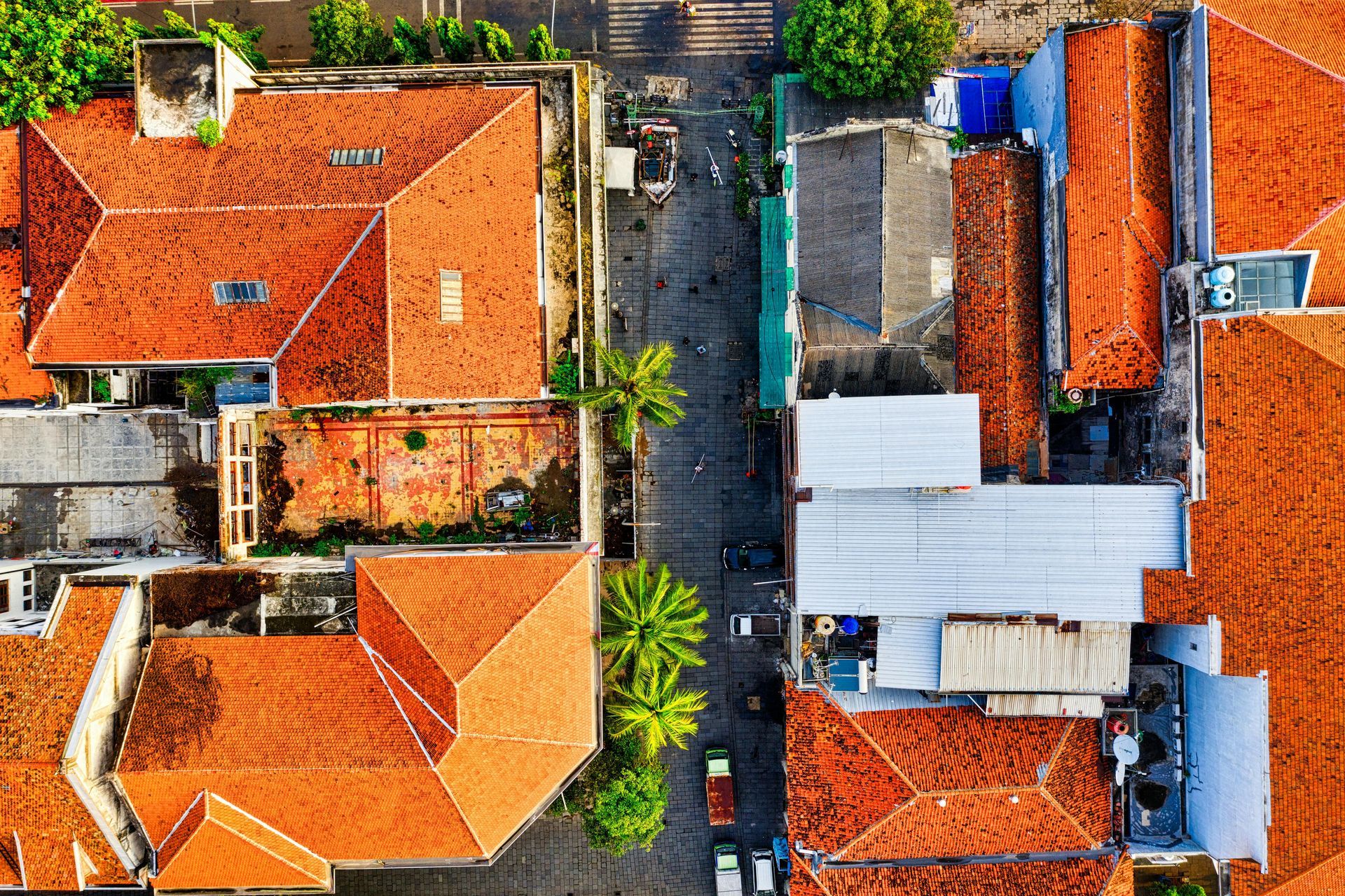Preserving Historical Integrity in Alabama
Roofing Considerations for Century-Old Homes in North Alabama

Owning a century-old home in North Alabama is akin to being the custodian of a piece of living history. These architectural treasures, with their unique charm and storied pasts, require meticulous care and attention, especially when it comes to maintaining and replacing the roof. In this extensive guide, we will delve into the complexities and considerations involved in roofing century-old homes in North Alabama.
Understanding the Unique Challenges
- Historical Significance: Century-old homes often boast historical significance, architectural intricacies, and unique design elements. Preserving these features is paramount to maintaining the home's character and historical integrity.
- Aging Materials: Roofs on century-old homes are likely constructed with materials that may no longer be commonplace. Identifying and understanding the original roofing materials is crucial for making informed decisions during the restoration or replacement process.
- Architectural Styles: Century-old homes can span various architectural styles, from Victorian and Colonial Revival to Craftsman and Queen Anne. The roofing approach must align with the specific style of the home to ensure a seamless blend of authenticity and functionality.
Preservation vs. Restoration
- Preservation Philosophy: Embracing a preservation philosophy involves maintaining and repairing the existing roof whenever possible. This approach prioritizes the retention of original materials and craftsmanship to safeguard the historical authenticity of the home.
- Restoration Challenges: While restoration may be desirable, it comes with its challenges.
Roofing Materials for Century-Old Homes
- Wood Shingles and Shakes: Common in historical homes, wood shingles and shakes provide a rustic and authentic appearance. However, their susceptibility to decay and fire may necessitate careful maintenance and occasional replacement.
- Slate Roofing: For homes with a more formal aesthetic, slate roofing offers durability and longevity. However, its weight can pose structural challenges, and finding matching slates for repairs may be a meticulous task.
- Clay and Concrete Tiles: Mediterranean and Spanish Revival-style homes often feature clay or concrete tiles. While durable and energy-efficient, matching historic tiles can be challenging, and modern alternatives may not capture the same authentic look.
- Metal Roofing: Metal roofing, particularly in the form of standing seam panels or metal shingles, provides a durable and low-maintenance option. This material can be customized to mimic historical roofing aesthetics while offering modern benefits.
- Asphalt Shingles: While not historically accurate for century-old homes, asphalt shingles can offer a cost-effective compromise, especially if historic materials are challenging to find. Architectural shingles can mimic the appearance of wood or slate.
Regulatory Considerations
- Local Historic Preservation Guidelines: Check with local historic preservation offices for guidelines and regulations regarding roofing replacements in historic districts. Compliance with these regulations is essential to preserve the historical character of the neighborhood.
- Tax Credits and Incentives: Investigate potential tax credits or incentives available for preserving century-old homes. Some jurisdictions offer financial benefits for homeowners who adhere to preservation standards during renovations.
Selecting the Right Roofing Contractor
- Experience in Historical Restoration: Choose a roofing contractor with a proven track record in historical restoration. Experience with century-old homes ensures that the contractor understands the unique challenges and nuances associated with preserving historical integrity.
- Local Expertise: Opt for a local roofing contractor in North Alabama familiar with the historical architecture prevalent. Local expertise ensures a better understanding of regional styles, materials, and potential regulatory considerations.
Assessment and Planning
- Comprehensive Roof Inspection: Begin the process with a thorough roof inspection conducted by professionals experienced in historical homes.
- Historical Documentation: Create detailed documentation of the existing roof, including photographs, measurements, and material specifications. This documentation serves as a valuable reference during the restoration process and helps maintain historical accuracy.
- Prioritizing Repairs: Prioritize necessary repairs over full replacements whenever feasible. Addressing specific issues promptly can extend the life of the existing roof while preserving historical materials and craftsmanship.
- Budgeting for Restoration: Establish a realistic budget for the restoration project. Consider the potential costs associated with sourcing historical materials, skilled labor, and any necessary structural improvements.
Restoration Techniques
- Matching Historical Materials: If replacement becomes necessary, strive to match historical materials as closely as possible. Work with suppliers who specialize in historical roofing materials or consult with preservation experts for guidance.
- Craftsmanship and Artistry: Engage skilled craftsmen and artisans who specialize in historical restoration. Their expertise is crucial for replicating intricate details and ensuring that the restoration aligns with the original craftsmanship.
- Replicating Architectural Styles: Whether the home features Colonial Revival columns or Victorian-era embellishments, ensure that the roofing restoration complements and replicates the architectural style of the century-old home.
Sustainability in Restoration
- Green Roofing Options: Explore environmentally friendly roofing options that align with historical aesthetics. Some sustainable choices include recycled metal roofing, reclaimed slate, or wood sourced from responsibly managed forests.
- Energy-Efficient Solutions: Consider integrating energy-efficient technologies, such as cool roofing materials or added insulation, without compromising the historical appearance of the roof. This enhances the home's energy efficiency while respecting its historical character.
Maintenance for Longevity
- Regular Roof Inspections: Implement a schedule of regular roof inspections to identify potential issues early on. Early intervention can prevent minor problems from escalating into major, costly repairs.
- Cleaning and Preservation: Periodically clean and preserve historical roofing materials to extend their lifespan. This may involve removing debris, treating for moss and algae, and applying protective coatings as appropriate.
Preserving historical integrity in century-old homes requires a delicate balance between honoring the past and adapting to the present.
Royal Roof Contractors, LLC understands that roofing, as a critical element of these architectural gems, necessitates thoughtful consideration, expert guidance, and a commitment to maintaining the home's unique character.From selecting the right materials to engaging skilled craftsmen and navigating regulatory considerations, every step in the restoration process contributes to the legacy of these historical residences in North Alabama. As custodians of the past, homeowners play a vital role in ensuring that century-old homes continue to tell their stories for generations to come.
Contact us to learn more about how we can help preserve your home's historical integrity.
Ready to work with Royal Roof Contractors?
Let's connect! We’re here to help.
Send us a message and we’ll be in touch.
Or give us a call today at (205) 274-7663

